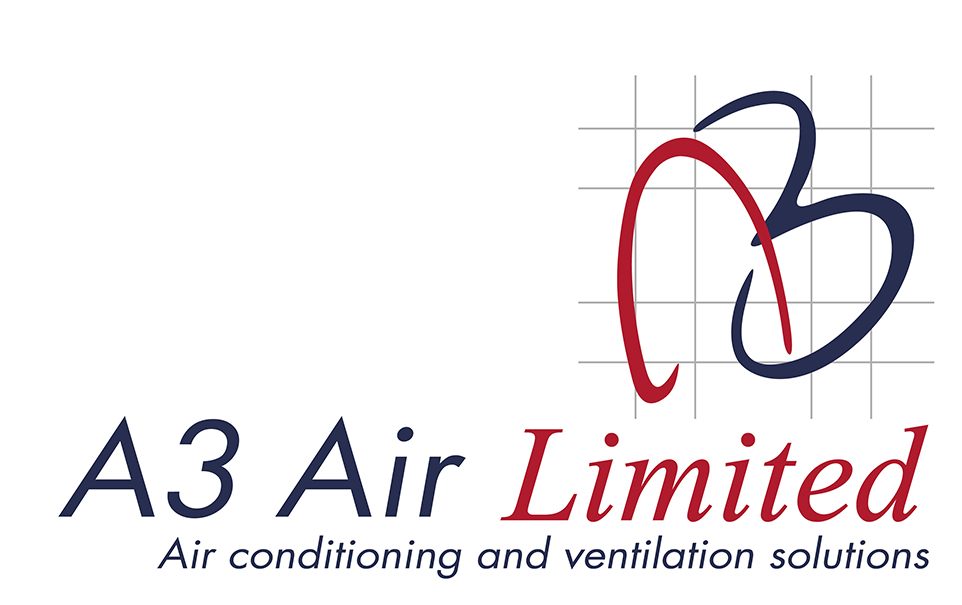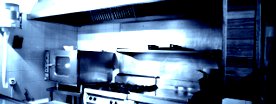Kitchen extraction, also known as a kitchen exhaust system, is a ventilation system designed to remove smoke, steam, heat, and odors generated during cooking from a kitchen. The system is typically composed of a hood, ductwork, an exhaust fan, and sometimes a filtration system.
The hood is installed above the cooking surface and is designed to capture smoke, steam, and grease-laden air. The hood can be customized to fit the specific needs of the kitchen, and it may have filters or other devices to remove grease and other particles from the air before it enters the ductwork.
The ductwork is a series of pipes that transport the exhaust air from the hood to the outside of the building. The ductwork must be sized correctly to ensure that the air flows smoothly and efficiently through the system. Ductwork can be made of various materials such as stainless steel, galvanized metal.
The exhaust fan is located at the end of the ductwork and is responsible for moving the air out of the building. The fan must be sized correctly to ensure that it can handle the volume of air being produced by the cooking appliances.
Filtration systems are optional components that can be added to the kitchen extraction system to remove odors, smoke, and other pollutants from the air before it is discharged outside. Filtration systems can be made of activated carbon, electrostatic precipitators, or UV light systems.
Properly designed and installed kitchen extraction systems are crucial for maintaining indoor air quality and preventing the buildup of grease and other pollutants in the kitchen and building. Regular maintenance and cleaning of the system are necessary to ensure that it operates efficiently and safely.
All our systems are designed to DW 172 (BESA – Building Engineering Services Association)
Please feel free to ask any questions you may have by completing our online contact form and we shall endeavor to answer them swiftly and comprehensively.


